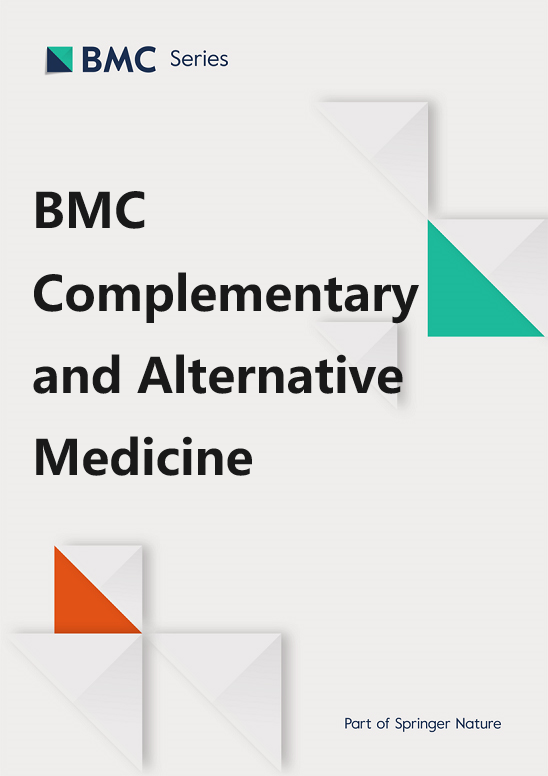假针灸验证研究的系统回顾
IF 3.4
2区 医学
Q1 Medicine
引用次数: 0
摘要
针灸在世界范围内被广泛使用,然而,对其有效性的研究却受到了设计适当对照组的限制。在临床研究中,非侵入性假针灸技术只能通过验证研究来应用。因此,本系统性综述旨在评估有关该主题的现有文献范围,以确定趋势。我们在 Pubmed、EMBASE 和 Cochrane Central Register of Controlled Trials 数据库中查询了从开始到 2022 年 7 月的相关文章。我们还利用作者姓名确定了其他相关文章。两位独立审稿人根据纳入和排除标准对确定的文章进行了评估。提取的数据包括:研究设计、针灸师和参与者的相关信息、干预组和对照组的一般特征和治疗相关特征、参与者的针灸经验以及研究结果。通过数据库查询获得了 673 篇文章,其中 29 篇文章被纳入最终综述。其中,18 篇涉及三种设备之一的使用:Streitberger(5 篇)、Park(7 篇)和 Takakura(6 篇)装置。其余 11 项研究使用了其他装置,包括自行开发的针头。所有纳入的研究均为随机对照试验。纳入研究的方法细节在评估结果、盲法和结果方面存在差异。假针灸验证研究一直使用健康志愿者进行,重点关注盲法审查和假针灸设备的技术发展。然而,由于语言障碍,我们无法查询中文和日文数据库,因此我们的研究结果可能存在语言偏差。我们需要做出更多努力,建立适合各种针灸疗法干预的对照组。此外,还需要进行更严格的假针灸验证研究,从而开展更高质量的临床研究。本文章由计算机程序翻译,如有差异,请以英文原文为准。
A systematic review of sham acupuncture validation studies
Acupuncture is widely used worldwide; however, studies on its effectiveness have been impeded by limitations regarding the design of appropriate control groups. In clinical research, noninvasive sham acupuncture techniques can only be applied through validation studies. Therefore, this systematic review aimed to evaluate the scope of existing literature on this topic to identify trends. We queried Pubmed, EMBASE, and the Cochrane Central Register of Controlled Trials databases from inception to July 2022 for relevant articles. Author names were used to identify additional relevant articles. Two independent reviewers assessed the identified articles based on the inclusion and exclusion criteria. The following data were extracted: study design, information regarding acupuncturists and participants, general and treatment-related characteristics of the intervention and control groups, participants’ experience of acupuncture, and research findings. The database query yielded 673 articles, of which 29 articles were included in the final review. Among these, 18 involved the use of one of three devices: Streitberger (n = 5), Park (n = 7), and Takakura (n = 6) devices. The remaining 11 studies used other devices, including self-developed needles. All the included studies were randomized controlled trials. The methodological details of the included studies were heterogeneous with respect to outcomes assessed, blinding, and results. Sham acupuncture validation studies have been conducted using healthy volunteers, with a focus on blind review and technological developments in sham acupuncture devices. However, theren may be language bias in our findings since we could not query Chinese and Japanese databases due to language barriers. There is a need for more efforts toward establishing control groups suitable for various acupuncture therapy interventions. Moreover, there is a need for more rigorous sham acupuncture validation studies, which could lead to higher-quality clinical studies.
求助全文
通过发布文献求助,成功后即可免费获取论文全文。
去求助
来源期刊

BMC Complementary and Alternative Medicine
INTEGRATIVE & COMPLEMENTARY MEDICINE-
CiteScore
7.00
自引率
0.00%
发文量
0
审稿时长
3 months
期刊介绍:
BMC Complementary Medicine and Therapies is an open access journal publishing original peer-reviewed research articles on interventions and resources that complement or replace conventional therapies, with a specific emphasis on research that explores the biological mechanisms of action, as well as their efficacy, safety, costs, patterns of use and/or implementation.
 求助内容:
求助内容: 应助结果提醒方式:
应助结果提醒方式:


